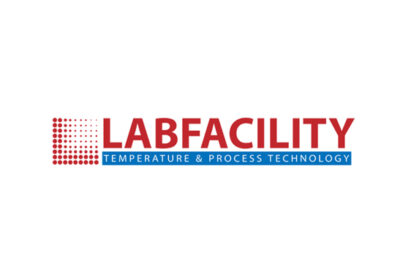Since the first industrial revolution, humans have tried to reduce the time it takes to transport people and goods around the world. As the global population grows, we need transport that is energy efficient and innovative, as well as fast. Here, Darren Halford, sales director at obsolete industrial parts supplier EU Automation, explains how transportation technology is expected to develop in the next few decades.
Throughout history, inventors have tried to reduce travel time. There have been successes, such as Stephenson’s Rocket, and failures, like Bennie’s Railplane. Today, there are many companies investing in projects to reduce traffic and emissions while innovating the transport sector.
We have all seen news stories about automated cars and lorries that will begin to populate the roads. This technology aims to reduce congestion and increase road safety, but there are more innovative modes of transports that are set to change the transport landscape.
Space commercialisation
Urban areas and cities are becoming more congested, increasing traffic and levels of carbon emissions. Europeans governments are attempting to rectify the issue by slowly reducing the amount of petrol cars on the road. This will cut each country’s carbon footprint but is unlikely to solve the issue of increasing traffic.
Instead of relying on government funding to find a solution, some billionaires have decided to invest in projects that could be the answer. In the past, space travel had been developed purely for scientific discovery. Now, business owners such as Elon Musk, Richard Branson and Jeff Bezos have decided that space is the next frontier for business and leisure transportation.
Almost 50 years after man first stepped on the moon, these business moguls are racing to commercialise space travel. People are beginning to see the possibility of travelling through space. Over 600 people have signed up for the first flight on the Virgin Galactic SpaceShipTwo, which is estimated to travel from London to Sydney in under two hours and is built with the intention of taking people to space.
Speeding up the railroad
There is an increasing demand for rail travel across the world for both goods and people. Some countries are investing in high speed railways to reduce congestion on the roads and reduce travel time.
Maglev, or magnetic levitation, is the main technology innovating the railways across the world. Japan is well known for the Shunkansen, or bullet train — its successful high-speed railway network that uses maglev technology to reach speeds of up to 375 mph.
These networks use two sets of magnets, one to repel and push the train to levitate above the platform, and the other to move the train at great speed without the restrictions of friction. The network had around ten billion passengers in 2017 and is still expanding to help commuters and tourists travel around the country.
Five years ago, Elon Musk took this technology one step further by announcing his plans to create Hyperloop. The network will operate using electromagnetic levitation and a linear induction motor because it does not require physical contact between the vehicle and the guideway. The trains will carry cargo and people at speeds of up to 800 mph — Musk estimates that it will complete the 400-mile journey from San Francisco to Los Angeles in under 30 minutes.
Hyperloop trains and space commercialisation will be expensive to build and bring to both the public and industry. The benefits of future modes of transport are undeniable and many people are investing in these projects to help them succeed. The more people that invest in and use these two types of transport, the less expensive they become. Soon, we might get to our holiday in a spacecraft and deliver products at record speeds.







